Introduction
The Canon RF 14-35mm F4L IS USM is a compact, lightweight and weather-sealed ultra-wide-angle zoom lens for the Canon full-frame mirrorless camera system.
It offers a constant maximum aperture of f/4 throughout the 14-35mm zoom range, plus fast and quiet auto focusing.
It has an optical formula comprised of 16 elements arranged in 12 groups, including three aspherical elements and three UD elements.
Other highlights include a minimum focusing distance of 20cm and a maximum magnification of 0.38x, with a Subwavelength structure coating (SWC) and Air Sphere coating (ASC) to help control ghosting and flare and a flourine coating on the exposed elements.
The Canon RF 14-35mm F4L IS USM lens is available now priced at £1779.99 in the UK and $1699 in the US. The Canon 14-35mm F4 is manufactured in Japan.
Ease of Use
The Canon RF 14-35mm F4L IS USM is a fully weather-sealed ultra-wide-angle zoom lens with a dedicated Canon RF mount that is made of metal. Communication between lens and camera body is provided through 12 electrical contacts.
Note however that in order to take full advantage of the weatherproofing, you will need to mount it on a similarly weather-sealed body, like the Canon EOS R5 camera that we tested it with.
The weather-proofing gives you confidence that the lens will survive all kinds of different weather conditions, while its sturdy construction also gives the lens an air of high quality.
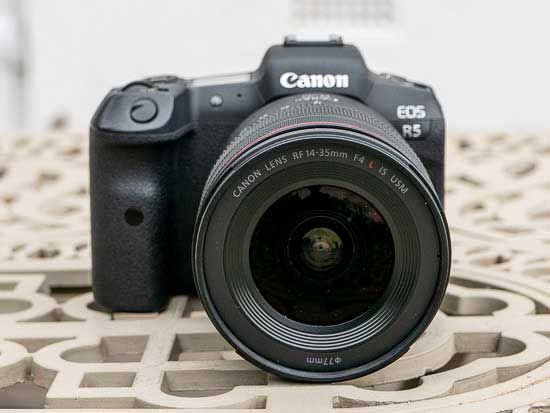
Tipping the scales at 540g and measuring 99.8mm in length and 84.1mm in diameter, the Canon RF 14-35mm F4L IS USM is a pleasingly compact and lightweight ultra-wide-angle zoom lens that you can carry around all day without noticing.
When it’s set to to either 14mm or 35mm, though, it does gain another 1cm in length. It’s actually at its shortest in length when set to 22mm.
The Canon EOS R5 used for this test is a very good match for the lens, offering pleasing balance, fast auto focus, and full environmental sealing.
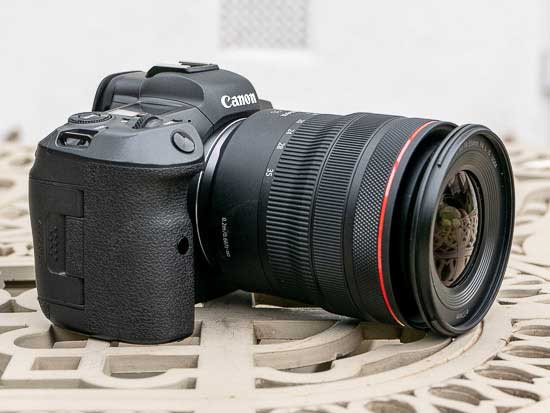
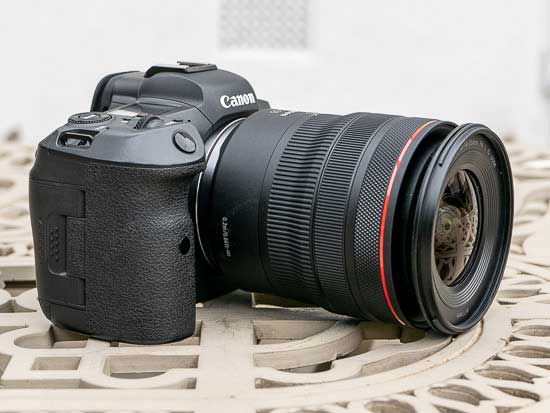
To attach the lens to the camera body, all you need to is match up the red line on the lens mount with the red line on the lens itself, twisting the lens into place to lock it securely to the mount.
The RF 14-35mm F4L IS USM lens is very well built, fully living up to the professional designation that Canon have given it, as denoted by the “L” moniker in the product name.
Also, around the front of this lens is the distinctive red ring which is found on all Canon L series “professional lenses”. While this doesn’t actually do anything, it’s there to indicate that the lens belongs to the highest possible standard.

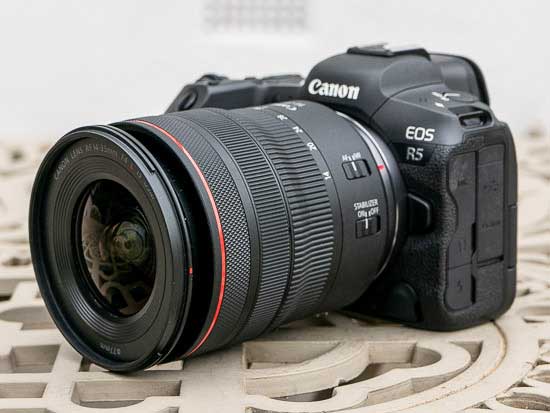
The lens mount itself is again very high-quality, being made from metal which seems to be very strong and secure.
In terms of features, the RF 14-35mm F4L IS USM provides most of the same controls offered by some of the bigger, faster Canon F/2.8 lenses.
Towards the back of the Canon RF 14-35mm F4L IS USM lens you’ll find two switches. There’s one for moving between manual focus and autofocus, while another allows you to switch the image stabiliser on or off.
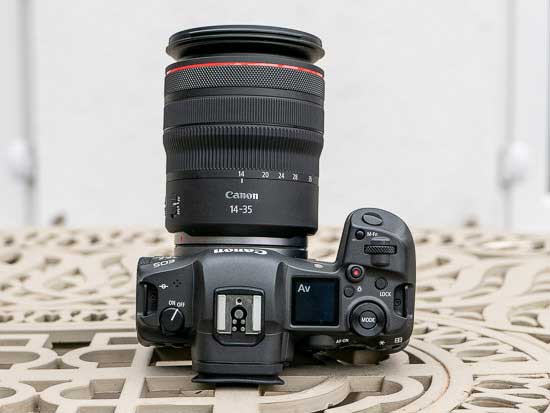
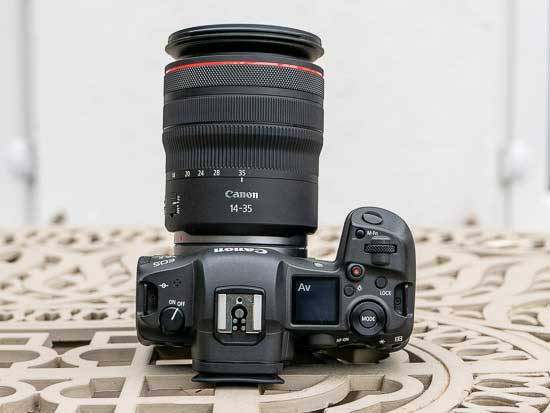
This lens has built-in image stabilisation which gives you up to 5.5 stops of compensation to help keep your images as sharp as possible.
Even better, when combined with the in-body image stabilization found in certain Canon EOS R-series cameras (such as the EOS R5 that we tested it with), the RF 14-35mm F4L IS USM provides an even more impressive 7 stops of compensation.
Three different rings are found around the lens. The largest ring, found towards the base of the lens is for zooming the lens in and out. It has a ridged textured grip on it, which helps you feel by touch that you’re using the right ring.
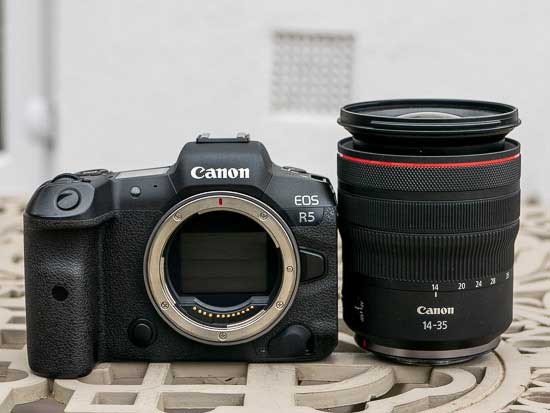
The zoom ring is marked with different focal lengths so you can quickly jump to the focal length you’d like to use – these are 14mm, 20mm, 24mm, 28mm and 35mm – you are of course free to select focal lengths in between those marked, too.
In front of the zoom ring is a manual focusing ring. This is similarly textured to the zoom ring, but just different enough that you should be able to feel a difference if just touching the lens and not looking at it.
The ring is also roughly half the size of the zoom ring. It has a good amount of give, making it not too loose and not too tight – it’s just the right amount to make precise manual focusing easy.
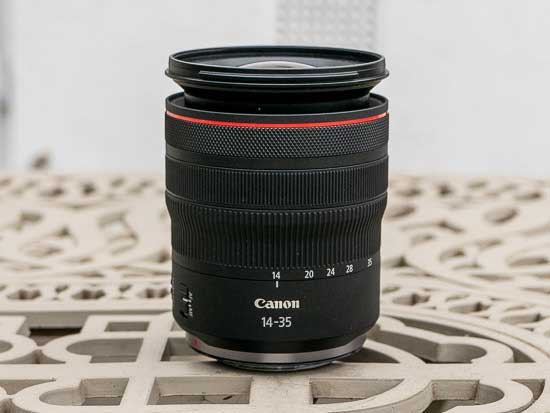
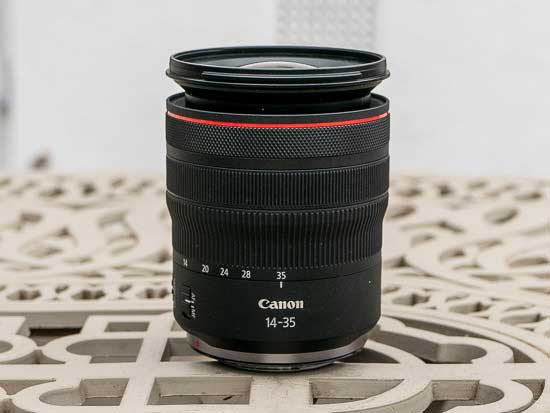
Manual focusing is done in a traditional fashion, with the adequately sized focus ring electronically coupled to the moving lens elements, although there are no hard stops at either end. Focusing is fully internal and the 77mm filter thread does not rotate on focus.
With the RF 14-35mm lens attached to a Canon R5 body, focusing proved to be very quick in most situations. This combination is capable of locking focus on a subject almost instantly, even when alternating between close and faraway subjects.
In extreme low-light situations you may experience a little focus hunting at the long end, where a lens with a faster f/2.8 constant aperture would help avoid this.
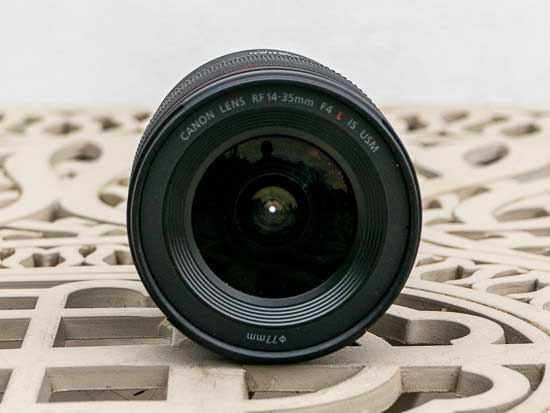
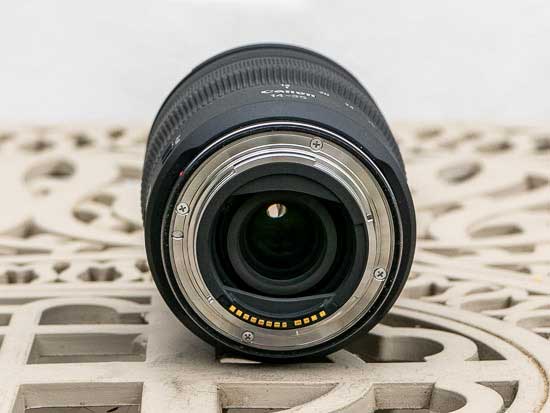
The last ring the smallest of the three, and also has a different textured coating again. This ring can be used for a number of different functions that can be customised from within the main camera menu. You can use it to adjust aperture, shutter speed, ISO or exposure compensation.
Alternatively you can switch it off so it does nothing. Unlike the other two lenses, this ring clicks when you turn it. While that’s helpful for judging by ear when you’ve made a setting change, it’s something to consider when shooting video, rather than stills.
Included in the box is a lens hood (EW-83P), which is easy to attach to the lens – simply line up the red dot with the red marking on the lens and twist into place. You can also reverse the lens hood for reducing the overall size when transporting the lens. This lens accepts 77mm front filters.
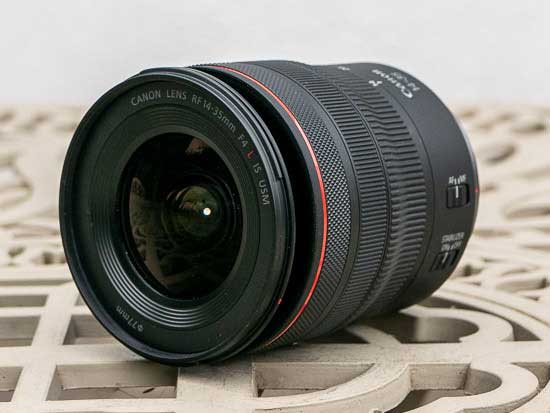
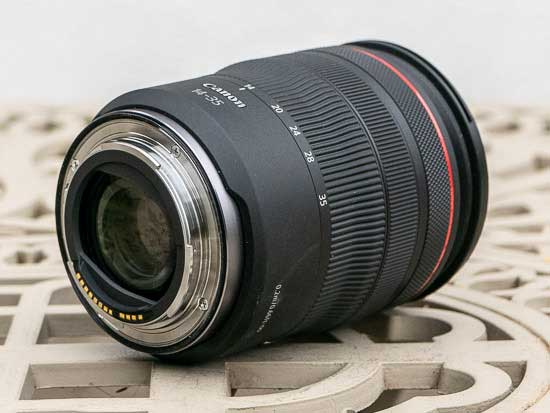
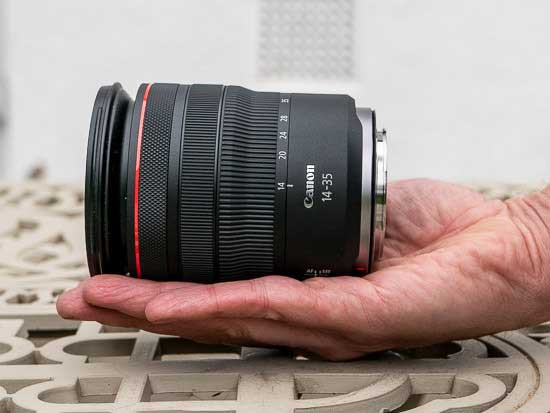

Focal Range
The 14mm focal length provides an angle of view of 104 degrees.
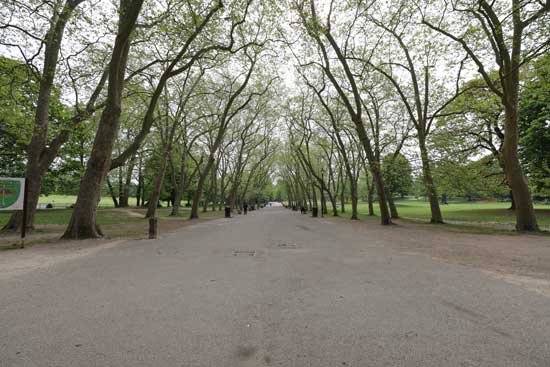
14mm
The 35mm focal length provides an angle of view of 54 degrees.
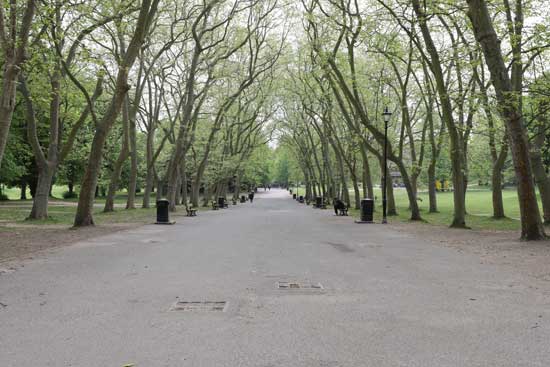
35mm
Chromatic Aberrations
Chromatic aberrations, typically seen as purple or blue fringes along contrasty edges, are not too much of a problem with the Canon RF 14-35mm F4L IS USM lens, except in areas of very high contrast.
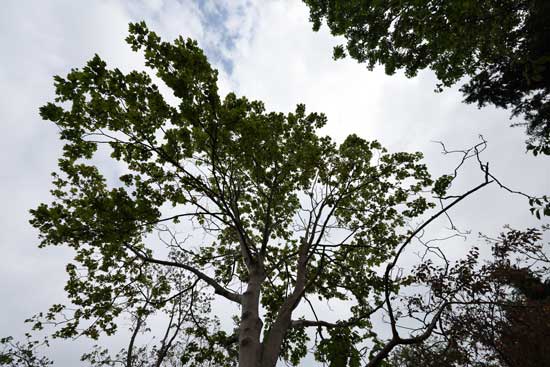
14mm

35mm
Vignetting
With the lens set to its maximum aperture of f/4, there is some light fall-off in the corners, requiring you to stop down by at least 2 f-stops to completely prevent it.

14mm

35mm
Distortion
The Canon RF 14-35mm F4L IS USM doesn’t exhibit too much barrel or pincushion distortion, as you can see in the photos below.
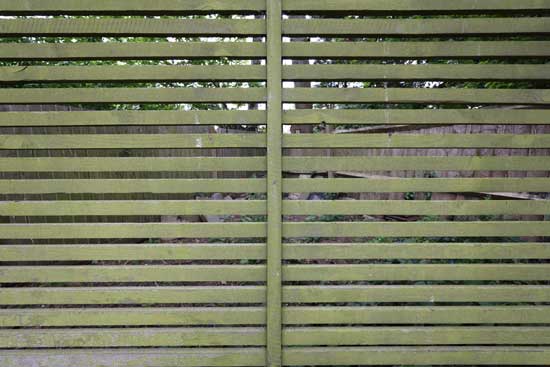
14mm
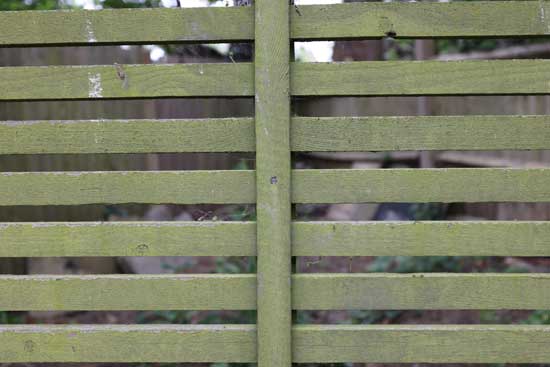
35mm
Sunstars and Flare
The Canon RF 14-35mm F4L IS USM is capable of producing nice sunstars when stopped-down to f/16 or f/22, as shown below, although the lens isn’t particularly susceptible to flare when shooting directly into the sun with the supplied lens hood fitted.
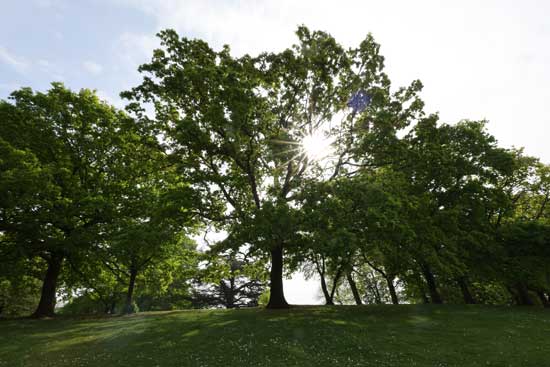
14mm

35mm
Macro
The Canon RF 14-35mm F4L IS USM is not really a macro lens, but it does offer a usefully close focus point of 20cm / 7.87in across the entire zoom range from the sensor plane and a maximum magnification of 0.38x.





Bokeh
Bokeh is a word used for the out-of-focus areas of a photograph, and is usually described in qualitative terms, such as smooth / creamy / harsh etc.
Canon have paid close attention to this aspect of lens use, employing a 9-segment diaphragm with rounded blades for more pleasing bokeh.
In our view, their efforts have been very successful for an ultra-wide zoom lens – see the examples below to judge for yourself.










Sharpness
In order to show you how sharp the Canon RF 14-35mm F4L IS USM lens is, we are providing 100% crops on the following pages.








